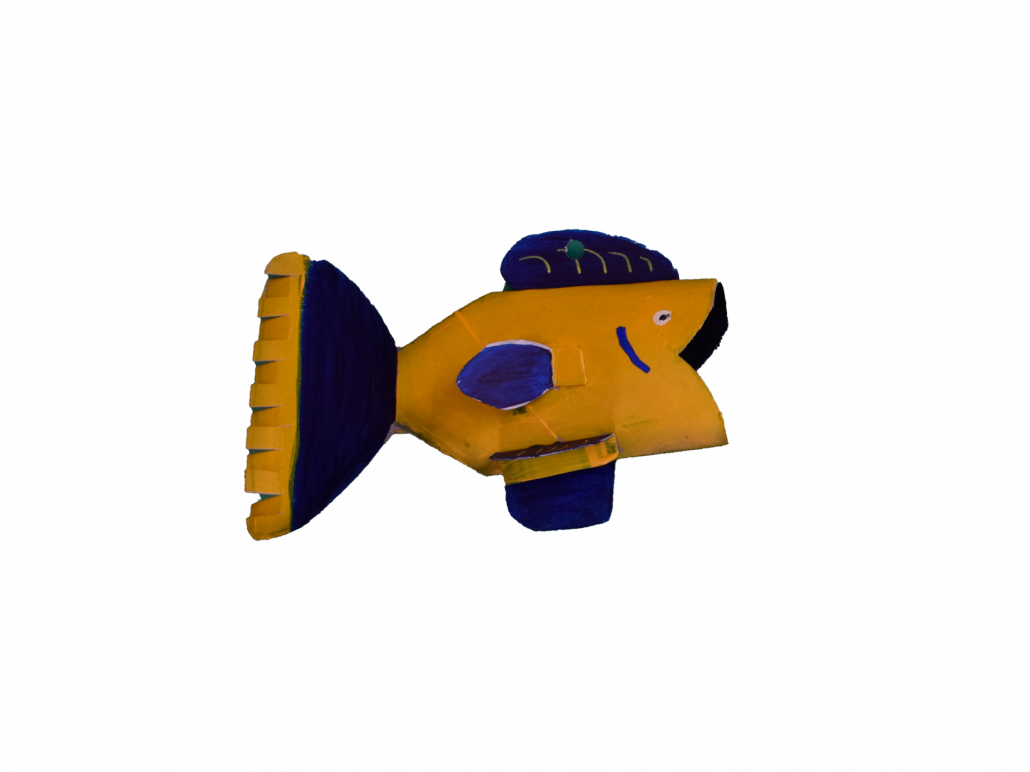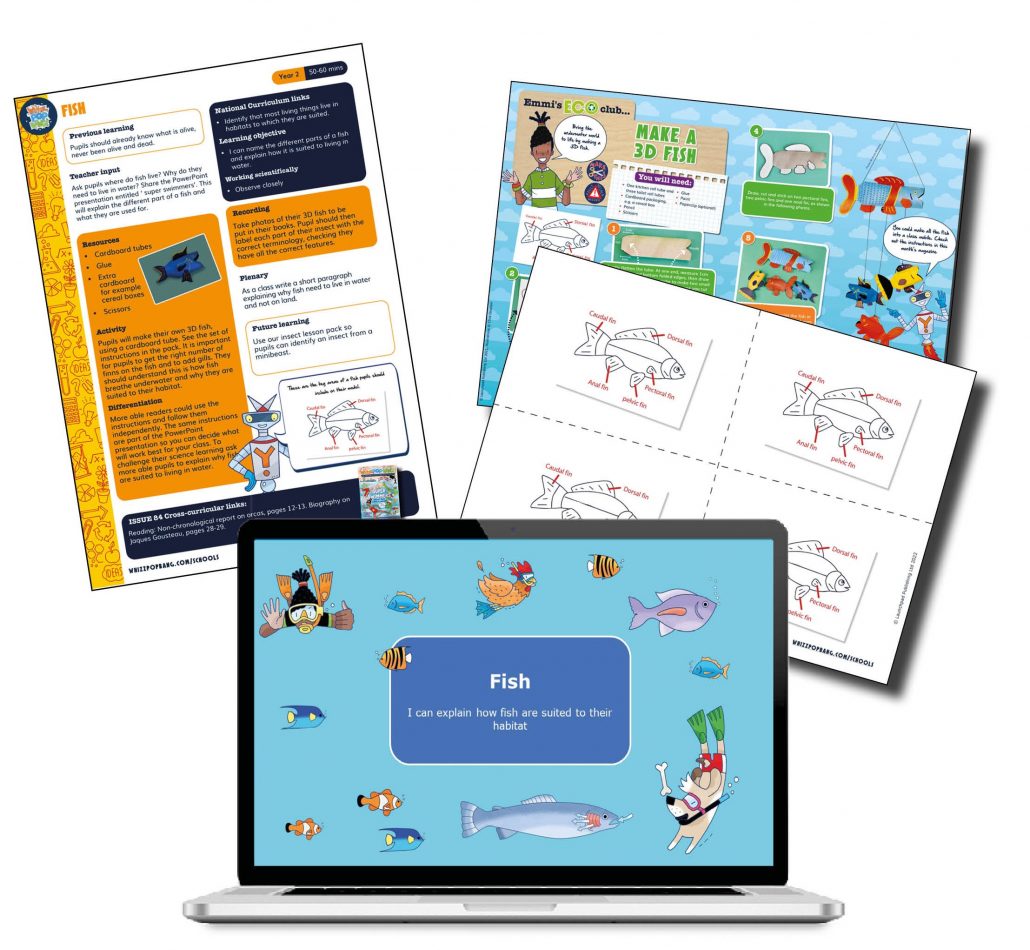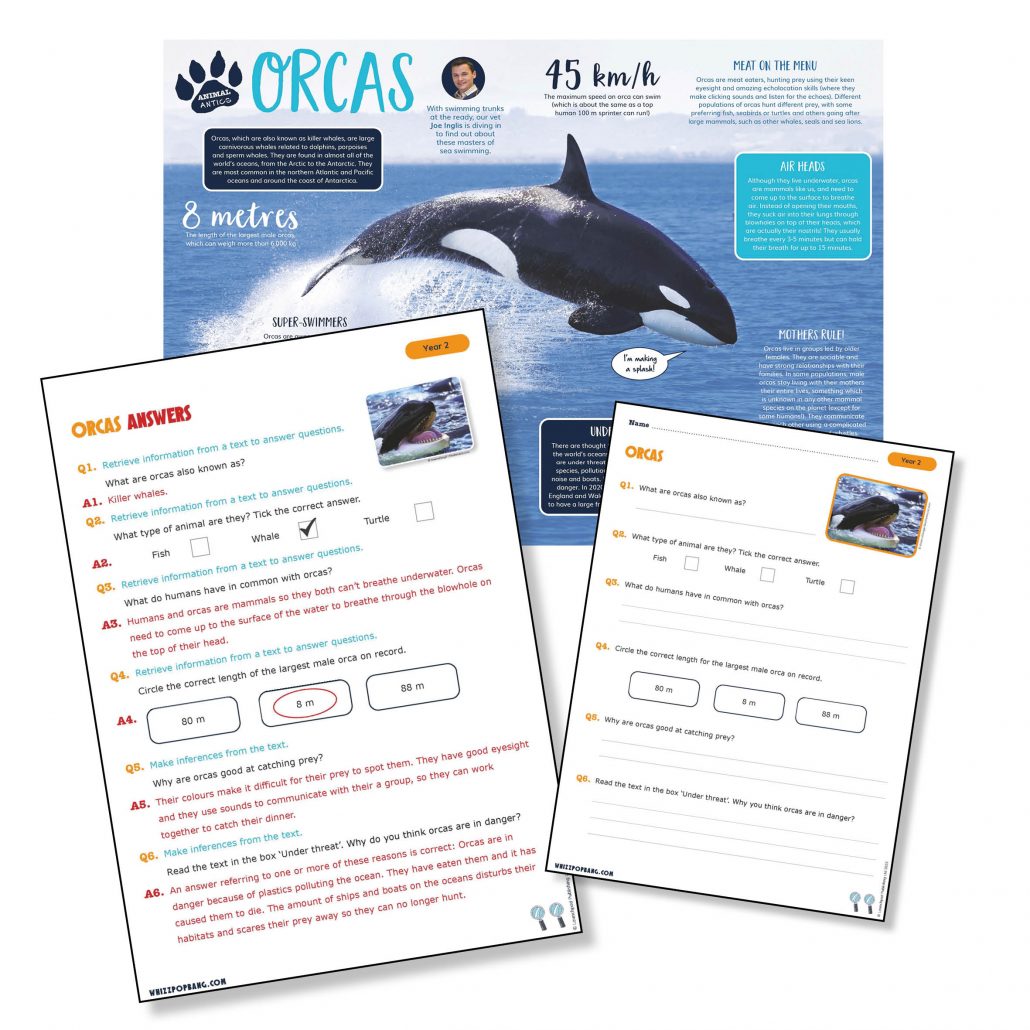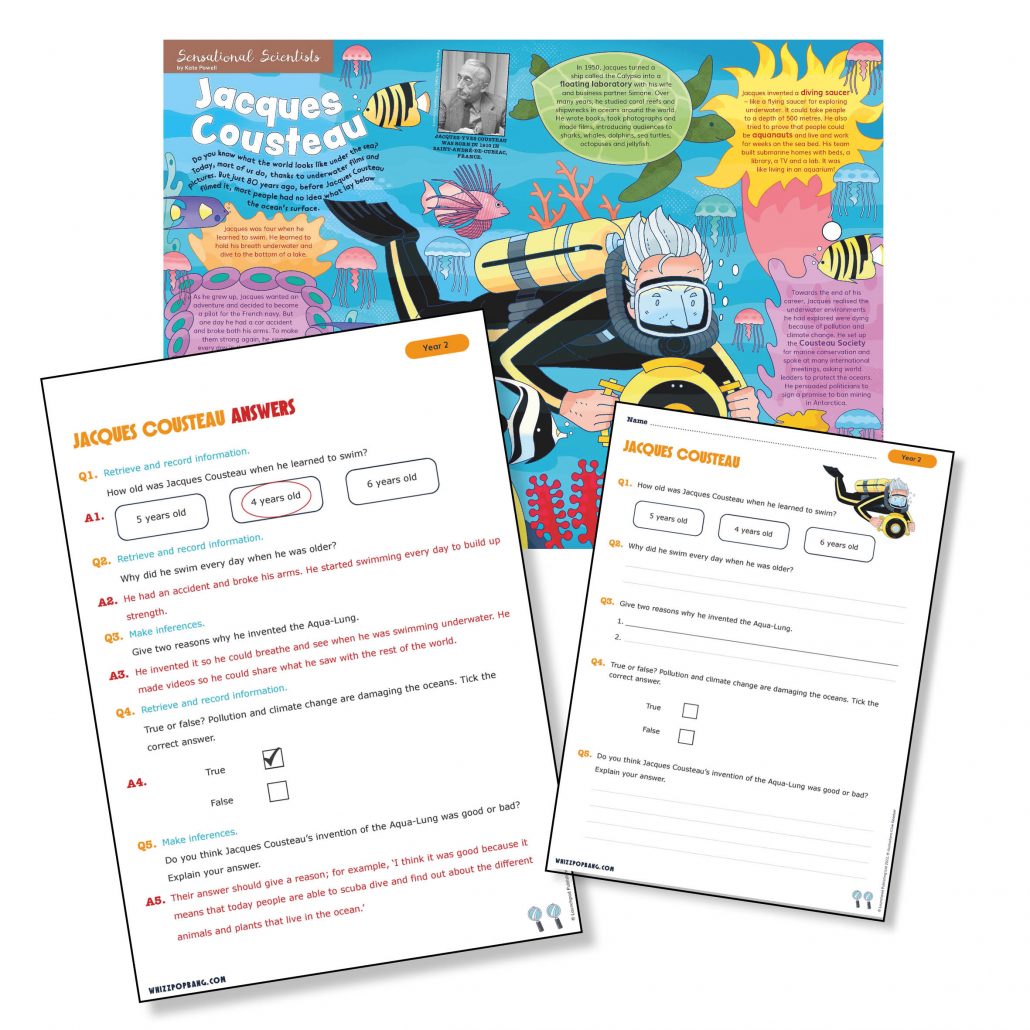Are you finding it tricky to find a lesson that isn’t just a worksheet? We have a great lesson pack which will fit into your sequence of lessons, in which pupils will explore fish and learn how they are suited to their habitat.
Where would this lesson fit into my medium-term plan?
This lesson would be suitable after pupils have been taught the differences between things that are living, dead and have never been alive. They should also understand the term ‘habitat’. Our knowledge organisers are a good way to support your pupils’ vocabulary and ensure progression though the school.
How is this lesson better than a worksheet?
Most children will remember an active, interesting lesson better than the information they complete on a worksheet. They will create their own fun 3D fish by recycling an old cardboard tube. Whilst doing this, they will discover the names of the different fins and what they are used for and find out how fish can breathe underwater, making water a suitable habitat for them.

Actively making a 3D model will help make the lesson memorable and you will have a great selection of fish to make an eye-catching science display in your classroom! Or you could turn them into fish mobiles!
In our downloadable lesson packs, we include everything you need to teach the lesson, apart from some inexpensive resources. Included in this lesson pack is a PowerPoint presentation that explains how fish are suited to their habitat and what each fin is for. The pack also includes a sheet of instructions for making the 3D fish, printable instructions in the style of our eco-club page and a labelled diagram to print and give to the children so they know where each fin should be placed.

If you are not a subscriber to our school resources, you can subscribe here for your school or take out an individual teacher membership here, which will give you access to all of our downloadable resources.
How can I get more science into my school day?
An easy way to get more science content into your school day is to give your pupils quality science-related text during reading time. We have loads of downloadable reading comprehensions as part of our resources. This month we have added two more for year 2.


All our year 2 reading comprehensions have differentiated text as well as differentiated question-and-answer sheets. They look very similar (on purpose!). Just look for the magnifying glasses in the bottom right-hand corner – two means harder and one means easier.
We also have a bank of spectacular science images that are perfect for promoting discussion. They feature a striking scientific image along with a couple of questions. As you click through the PowerPoint presentation, the answers to the questions will be revealed. Pupils should try to answer the questions as you go. The presentation added this month for the unit ‘Living things and habitats’ is called ‘Synchronised swimmers’. It only takes ten minutes, so it can slot into those awkward times in the school day, such as straight after lunch while you are waiting for everyone to come in.
If you would like some FREE samples, sign up here for a magazine and an example lesson pack for years 2 to 6.
How much does it cost to gain access to all of the Whizz Pop Bang resources?
Prices start from as little as £197.99 per year for a copy of Whizz Pop Bang magazine through the post each month and whole-school access to our ever-growing library of downloadable teaching resources, with unlimited teacher logins.
We have an individual membership option so teachers and home educators can access all of our amazing downloadable resources for just £20 for the whole year.
“Whizz pop Bang has developed a refreshing look at science and its resources bring this subject to life” Class teacher Caroline Burton
